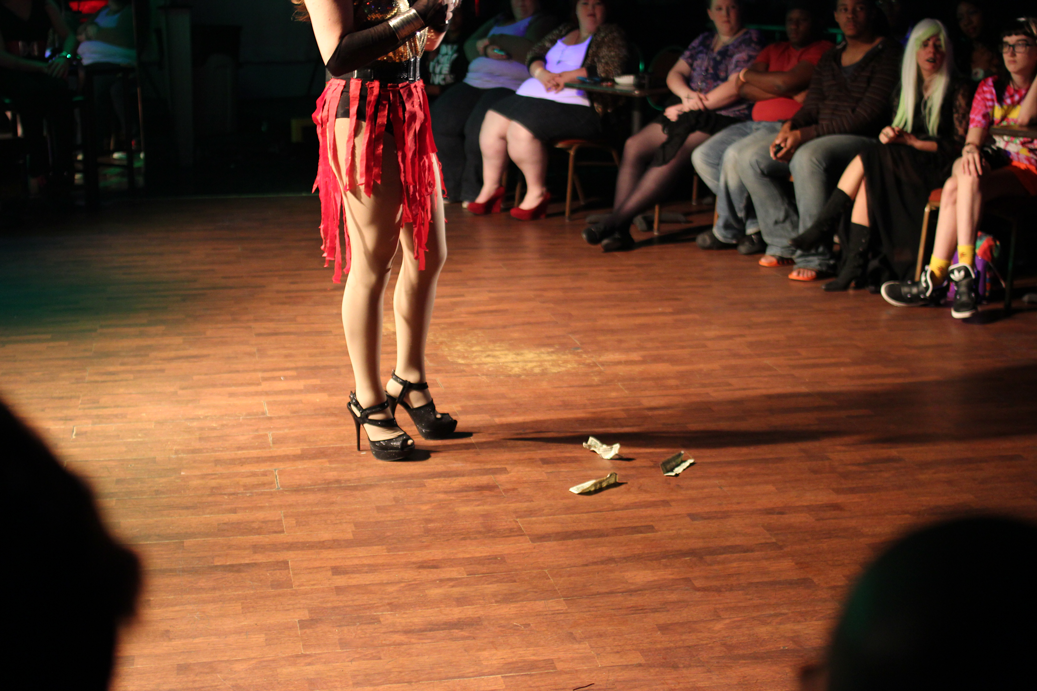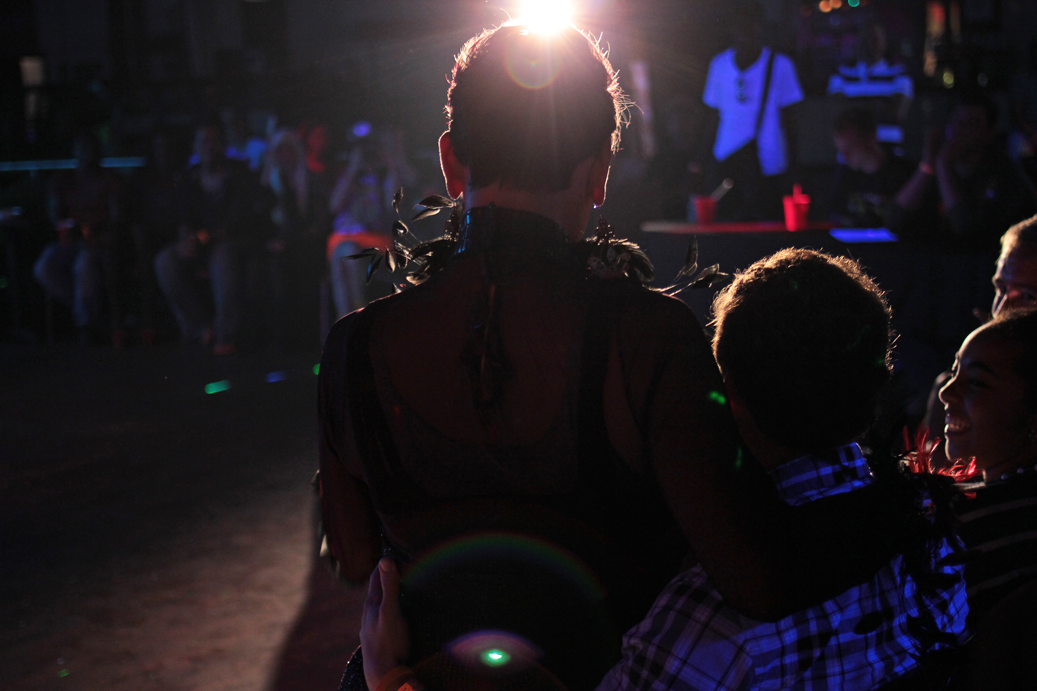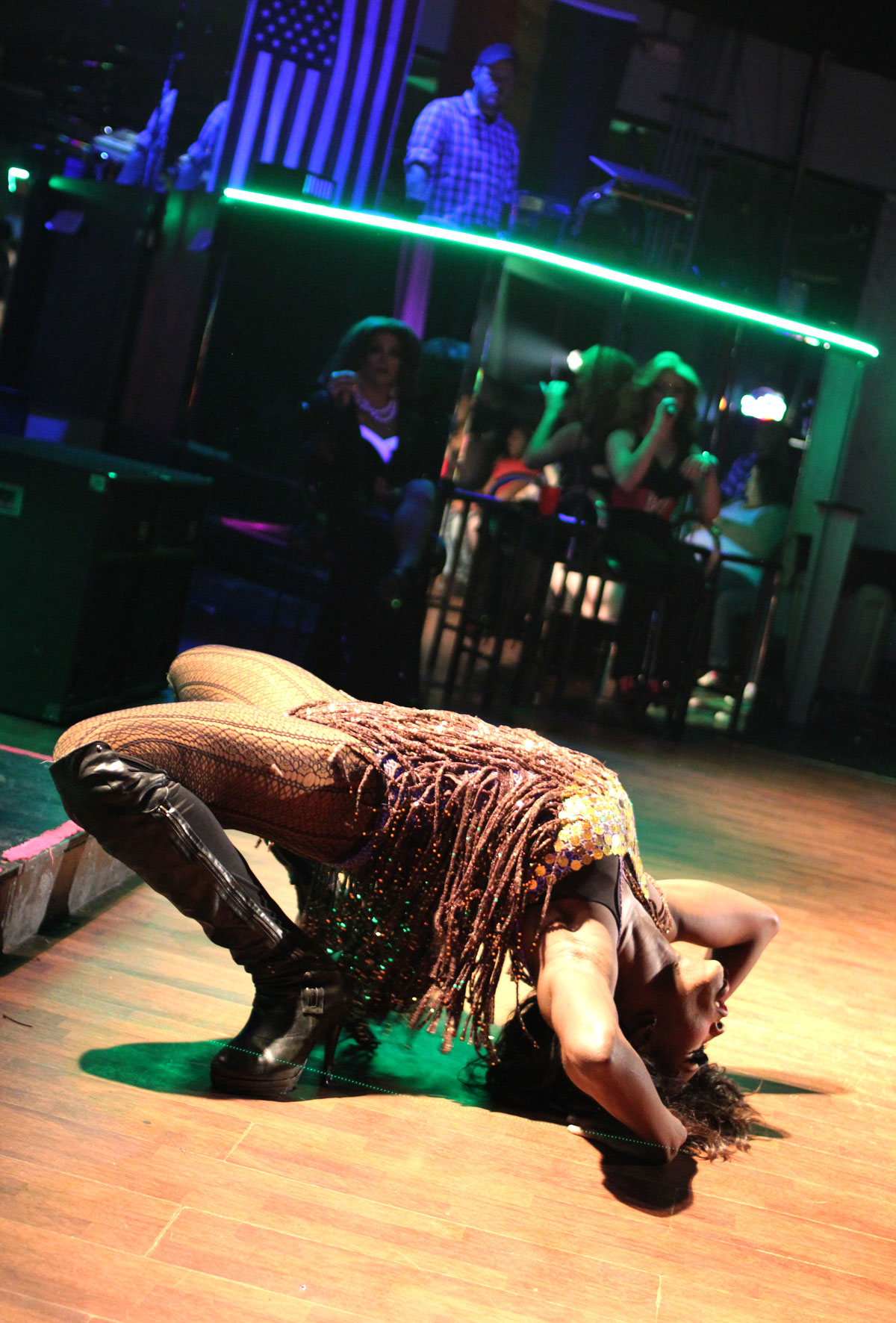In Their Shoes: The Drag Queens of North Atlanta
This was my first of many design ethnography projects, but remains one of my most memorable projects that I have ever embarked on. It represents the inception of my interest in the rich variety of sub-cultures. Tasked with following a person inside a social niche, I decided to explore an often stigmatized social group: drag queens.
Context
Atlanta, while a metropolitan and socially liberal hub, exists in the buckle of the Bible Belt. Here, the LGBTQ community still faces stigmatic discrimination from the majority of Georgia's conservative society.
Drag queens push the envelope on what it means to be "Out and Proud." Over the years, customs have developed behind the scenes, giving a skeleton to a semistructured sub-culture.
The Adventure
With a DSLR and a wallet full of $1 bills, I shadowed a friend as he prepared and performed in drag.
Findings
Families are pivotal in the drag experience and individual success. Individuals who get involved with drag typically do so for the opportunity to interact with other drag queens. This social aspect - the aforementioned subculture - paramounts in the development of drag "families," which are bound together by mutual support and social commonalities.
Drag alter-egos are legitimate personas. Drag queens have legitimate needs that are separate from their out-of-drag personalities. This is consistent with conventional top-down cognitive psychology theories, in which outward physical presentation influence subconscious and visible behavior. Many drag egos observed during this study emulated characteristics not akin to the Southeast.
Product market segments for drag culture must reflect androgyny. In a realm that celebrates gender ambiguity, the drag community unsurprisingly avoided gender-branded products in selection. Products that were overly feminine or masculine were scrutinized more heavily than products that presented a more gender neutral brand.




